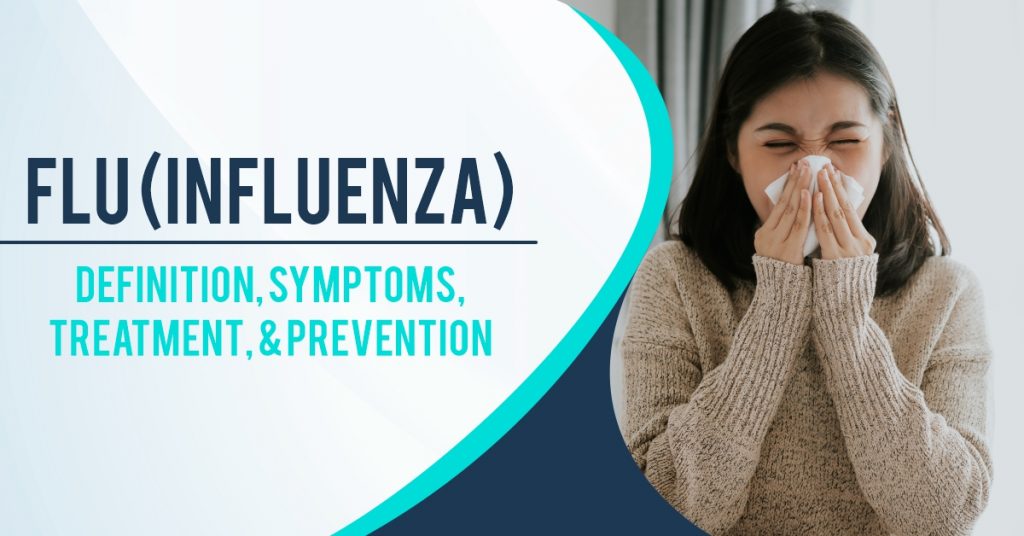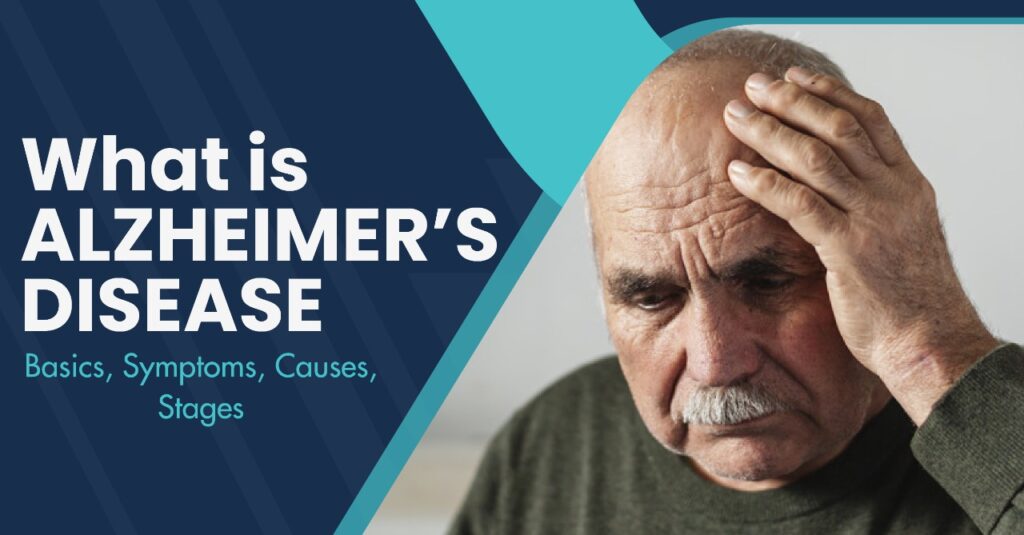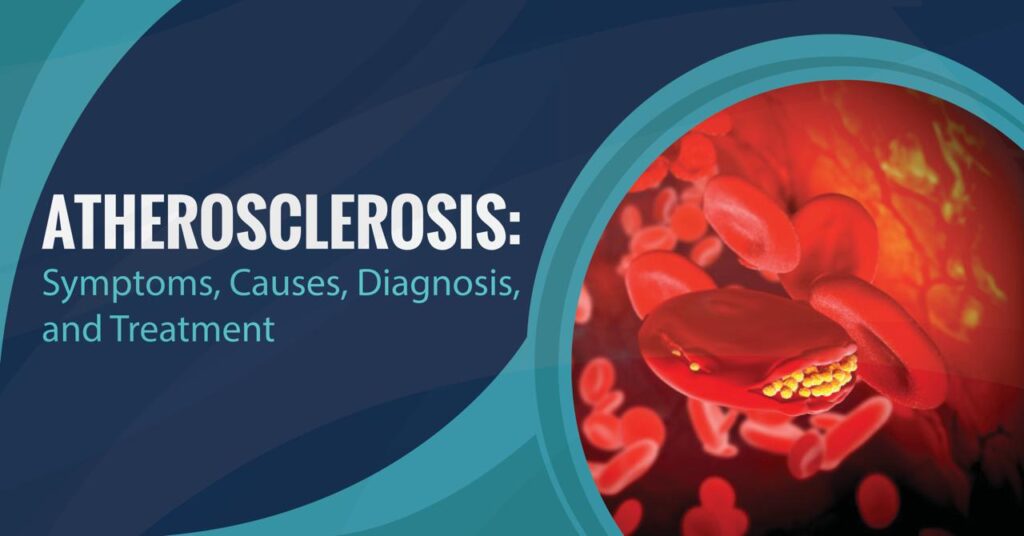Introduction
The flu is a respiratory disease that affects the throat, nose, bronchi, and sometimes the lungs. Various influenza viruses exist, and they evolve and change over time.
A virus (Orthomyxoviridae family) causes influenza, commonly referred to as “the flu,” which affects the respiratory system of animals, birds, and humans. Many people develop fevers, coughs, headaches, and malaise (tired, weak); some also experience sore throats, nausea, vomiting, and diarrhea.
Individuals usually experience flu symptoms for about 1-2 weeks before recovering. While some viral respiratory infections, such as the common cold, do not cause as severe an illness as influenza (flu), approximately 0.1% of people who contract the virus die as a result.
In general, the above describes the “seasonal” flu strains that occur every year. However, there are times when outbreaks can be severe. Flu strains that cause these major outbreaks occur when a portion of the population is exposed to a virus that the population has little or no immunity to.
This is because the virus has been altered significantly. They are usually referred to as epidemics. Since the influenza virus was identified in 1933, several unusually severe worldwide outbreaks (pandemics) have occurred. In 1918, the Spanish flu which caused between 40-100 million deaths worldwide was estimated to have caused between 2%-20% mortality rates, based on the examination of preserved tissue.
Most people think of the flu as an inconvenience that passes after a few days. Those with influenza may suffer from health complications, hospitalizations, and even death.
What are the symptoms of influenza?
Individuals may experience different flu symptoms. Some people may only feel mildly ill. For others, it may be severe.
A person with the flu usually experiences symptoms one to four days after being exposed to the virus. Symptoms may include:
- fever
- cough
- muscle aches and pain
These are some other symptoms you may experience:
- headache
- chills
- sore throat
- fatigue (tiredness)
- loss of appetite
- runny or stuffy nose
There is a possibility that some people (especially children) may also suffer from:
- diarrhea
- nausea and vomiting
Other symptoms to watch for in children
Your child is your most valuable asset as a parent. Seek medical care immediately if you notice any of these symptoms.
- not drinking or eating as usual
- not waking up or interacting with others
- Easily irritated (doesn’t like to play or be held
What are the types of influenza?
The influenza virus family comprises three types of RNA viruses (categorized into three genera), which are all members of the Orthomyxoviridae family. Humans get influenza as a result of viruses A and B being released into the air by infected people or by close contact with infected animals.
You Can Also Read – FAINTING: CAUSES, TYPES, SYMPTOMS, AND PREVENTION
Influenza A:
There are many different types of influenza A viruses, such as those found in birds and mammals as well as in humans. The surface proteins of these viruses include hemagglutinin (“H”) and neuraminidase (“N”).
There are various subtypes of viruses. Nature has detected 131 subtype combinations, including 18 H subtypes and 11 N subtypes. H1N1 and H3N2 are examples of influenza viruses in this category.
Influenza B:
Influenza type B viruses consist of two genetically distinct lineages (B/Yamagata and B/Victoria). Unlike influenza A viruses, they do not have subtypes. Most recent influenza seasons have seen influenza B viruses from both Yamagata and Victoria lineages co-circulating.
Currently, trivalent influenza vaccines only contain one influenza B virus derived from the Yamagata strain. Both Yamagata and Victoria lineages will be included in the quadrivalent vaccine for 2019–2020 (CDC, 2019f).
Humans are normally the only hosts of influenza type B viruses, which can cause morbidity and mortality, but in general, have less severe epidemics than influenza A viruses.
The influenza type B virus has not caused a pandemic despite causing human epidemics. The influenza type B virus undergoes genetic changes less rapidly than the influenza type A virus.
You can also read:- DEHYDRATION: CAUSES, SYMPTOMS, TREATMENT, AND PREVENTION
Influenza C:
The influenza C virus is less common and less studied than influenza A and B. People are thought to have been exposed to influenza C during childhood, and it can cause illness in humans and pigs.
There are no subtypes of the influenza C virus (hemagglutinin and neuraminidase) like the influenza A virus, so the virus cannot mutate. Though localized epidemics have been reported, influenza C is unlikely to cause a pandemic.
Diagnosis:-
An influenza screening test can be ordered by your doctor if he or she notices any signs and symptoms of the illness. It is possible that you will not need to be tested for influenza if influenza is widespread.
If you show signs and symptoms, your doctor may diagnose you. You may be recommended to have influenza tests if you show signs and symptoms. You can be diagnosed with influenza using different tests.
Hospitals and laboratories are increasingly conducting polymerase chain reaction (PCR) testing. Your doctor may perform this test during an office visit or in the hospital. A PCR test may be more sensitive and can identify influenza strains more accurately than other tests.
When should you contact your doctor?
It takes one to two weeks for most people to recover from the flu without treatment. The flu can cause serious complications. If you experience any of these symptoms, see your doctor:
- Feeling breathless or having difficulty breathing.
- You have a feeling of pressure or pain in your chest or stomach.
- Symptoms of dehydration include dizziness, not passing urine, or feeling dizzy upon standing.
- There is confusion in your mind.
- When you cannot stop vomiting or drink enough fluids, you become dehydrated.
- It is important to seek help if your child has any of the above symptoms
- A blue or purplish complexion
- When an individual is so irritable they do not wish to be held
- Cries without tears (in infants)
- A rash and fever accompany the illness
- Has difficulty waking up
Influenza complications are more likely to occur in several groups of people. People with certain diseases including pregnant women, young children (especially children under the age of 2), the elderly, and people with chronic lung disease (such as asthma), heart disease, diabetes, and immunosuppressive conditions (such as HIV infection or transplantation) are at higher risk.
Your health care provider should be contacted if you or your child has flu symptoms and may experience flu complications.
How is flu (influenza) treated?
Flu treatment can help you feel better, but it won’t make it go away faster.
The flu should be rested until it is fully recovered, especially if it has been severe.
- Fluids – Be sure to consume plenty of water to avoid becoming dehydrated. By analyzing the color of your urine, you can determine how much water you need to drink. The color of your urine should range from light yellow to nearly colorless. It should be possible to pass urine every three to five hours if you are drinking enough.
- Fever, headaches, and muscle aches can be relieved with acetaminophen (sample brand name: Tylenol). Children under 18 should not be given aspirin or medicines containing aspirin (eg, bismuth subsalicylate [example: Pepto-Bismol]), since aspirin can cause Reye syndrome.
- Most coughs resolve without treatment, so cough medicines are rarely helpful. Cold and flu medicines should be avoided by children younger than six years old. For patient education, Beyond the Basics offers information on the common cold in children.
Antiviral treatment — Influenza can be treated or prevented with antiviral medicines. Although the medicine reduces flu symptoms by about one day when taken as a treatment, it does not eliminate symptoms.
Several factors contribute to the decision to take antiviral medicine for influenza, but not everyone does. In the case of severe illness or a risk factor for influenza complications, antiviral medication is required.
If someone has had symptoms for 48 hours or less and has no risk factors for complications, they are usually treated with an antiviral medicine; otherwise, they are not treated.
Flu medications include oseltamivir (known by the name Tamiflu), zanamivir (Relenza), peramivir (Rapivab), and baloxavir (Xofluza). When taken within 48 hours of flu symptoms, antiviral treatment is most effective for seasonal influenza.
Based on the type of influenza virus, whether it is resistant to antiviral medicine, and some individual factors, the best antiviral medicine can be chosen. The decision should be made by a physician or nurse. Antiviral drugs for preventing seasonal influenza in adults and for treating seasonal influenza in adults and seasonal influenza in children.
Side effects — The inhaled zanamivir can sometimes cause difficulty breathing; oseltamivir can cause nausea and vomiting. As a result of taking peramivir and baloxavir, you are most likely to have diarrhea. Although this side effect is common, most people are still able to take the medicine.
Antibiotics — Influenza and other viral illnesses cannot be treated with antibiotics. Flu-related bacterial complications such as ear infections, bacterial pneumonia, or sinusitis should only be treated with antibiotics. This will help prevent the development of antibiotic resistance.
Complementary and alternative treatments — For influenza, a wide range of herbal treatments and homeopathic remedies are available. The effectiveness and safety of these drugs have been poorly evaluated in well-designed studies.
Can influenza A be prevented?
Vaccinating against the flu every year is the best way to prevent it. The flu vaccine protects against three to four different influenza viruses during each flu season.
You can also prevent this disease from spreading by:
- Regularly washing your hands will help you stay healthy
- Avoid large crowds, especially during an outbreak of influenza
- Coughing or sneezing while covering your mouth and nose
- You should stay at home if you develop a fever and for at least 24 hours after it goes away









